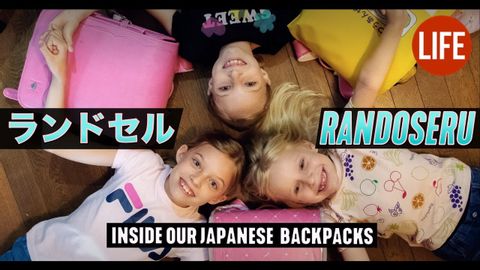Randoseru: 我們的日本書包|日本生活 第71篇 (Randoseru: Inside Our Japanese School Backpacks | Life in Japan Episode 71)
Summer 發佈於 2020 年 09 月 04 日  沒有此條件下的單字
沒有此條件下的單字US /ˈpɚmənənt/
・
UK /'pɜ:mənənt/
- adj.愚蠢的 ; 老耄的 ; 單純的 ; 無罪的 ; 氣絕的 ; 不省人事的 ; 昏暈的 ; 傻瓜 ; 笨 ; 痴 ; 憨 ; 糊塗 ; 愚蠢;愚蠢的;不重要的;不嚴肅的
US /ˌɔtəˈmætɪkl:ɪ/
・
UK /ˌɔ:tə'mætɪklɪ/
US /ˈrɛɡjəlɚ/
・
UK /ˈregjələ(r)/
- adj.有規律的;固定的;規律的;正常;符合規定的;正規的;規則的 (文法)
- n. (c./u.)常客;正規兵;正式成員
